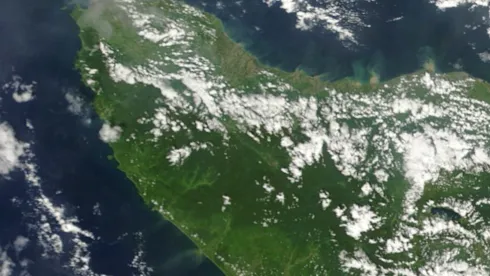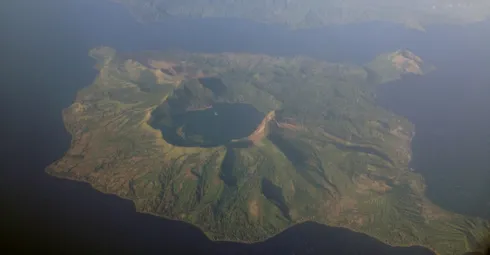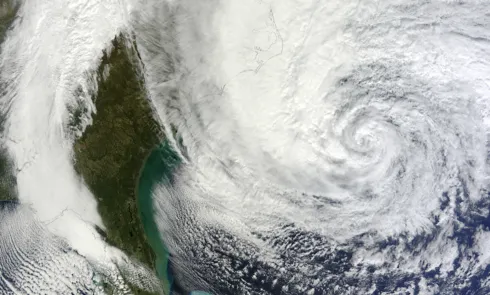Last year was a particularly bad one for natural disasters, with Hurricane Sandy wreaking havoc through the US, Typhoon Bopha killing over 1,000 people in the Philippines, and devastating earthquakes hitting Iran, Guatemala, the Philippines, China, and Afghanistan. We asked Bill McGuire, Professor of Geophysical & Climate Hazards at University College London, to predict the world's next big natural disasters.
The Sunda Megathrust

Where: Padang, Sumatra, Indonesia
When the Sunda Megathrust fault ruptured in December 2004, it generated one of the biggest earthquakes ever recorded, which in turn spawned the cataclysmic Indian Ocean tsunami.
At megathrust faults, one tectonic plate slides, or is subducted, beneath another. In 2004, subduction forces tore open most of the Sunda Megathrust Fault, while other segments ruptured later to trigger further huge quakes in 2005 and 2007. Together, these seismic events have added enormous stress to an adjacent part of the megathrust that last ruptured in 1797.
This segment is now fully ‘primed’ and can rupture at any moment, generating a massive quake as high as magnitude 8.8 and a 5-6m high tsunami. The waves will reach the Indonesian city of Padang – population close to one million – within 30 minutes. While preparations are being made, the level of destruction will be very high.
Ta'al Volcano
Where: Luzon, Philippines
Ta’al is a giant volcano located just 50km south of the Philippine capital, Manila. The active cone – known appropriately as Volcano Island – is situated within a 30km-wide lake-filled crater, and is rumbling again after 35 years of slumber.

The close proximity of magma and water make eruptions of Ta’al especially violent; the two combining to send searing blasts of boiling water surging across the lake and into the waterside villages. In 1911, more than 1,300 people were scalded to death in this way, and hundreds more in 1965.
Signs of unrest in recent months, including swelling of the ground, swarms of earthquakes and releases of carbon dioxide, have monitoring scientists concerned that another eruption might be on its way. With 5,000 people now living on Volcano Island itself and more than 70,000 having their homes on the lake margins, the potential exists for a major disaster.
Atlantic Hurricanes
Where: Caribbean, US East and Gulf coasts
Every year the Caribbean islands and the Gulf and East coasts of the US are battered by hurricanes, together resulting in hundreds or thousands of deaths and damage costing billions of US dollars. In 2012, Hurricane Sandy alone claimed close to 300 lives and resulted in economic losses totalling an extraordinary $75 billion.

Prospects for the 2013 Atlantic hurricane season – which runs from June to November – look pretty worrying too. Lauded storm tracker, Tropical Storm Risk, is warning in its extended range forecast that the season will be one-third more active than normal. What this means in real terms is that somewhere between eight and 10 hurricanes are expected, between three and five of which will be intense storms capable of massive destruction if they make landfall in an area of high population density.
Bill McGuire is Professor of Geophysical & Climate Hazards at University College London and the author of Waking the Giant
Follow Science Focus onTwitter,Facebook, Instagramand Flipboard
